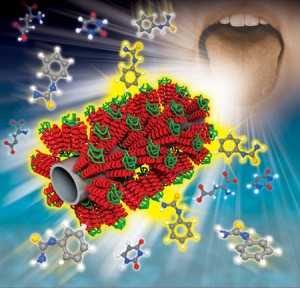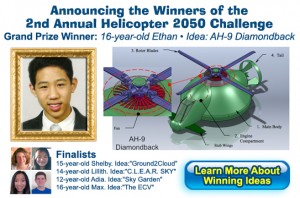There’s not much time left if you want to participate in this Kickstarter project (20 hours and counting when I accessed it at 0930 PST Dec. 20, 2012) but I want to feature it here because it illustrates how writers can succeed with new publishing models and because of the intellectual property nonissues.
Ryan North, writer and self-publisher, asked for $20,000 to publish his “To Be Or Not To Be; A chooseable-path adventure” book allowing you to “be” Hamlet, Ophelia, or King Hamlet and, at this time, has raised over $480,000.
![Prototype cover with art by Noelle Stevenson, she is the best [downloaded from http://www.kickstarter.com/projects/breadpig/to-be-or-not-to-be-that-is-the-adventure]](http://www.frogheart.ca/wp-content/uploads/2012/12/ToBeOrNotToBe-200x300.png)
Prototype cover with art by Noelle Stevenson, she is the best [downloaded from http://www.kickstarter.com/projects/breadpig/to-be-or-not-to-be-that-is-the-adventure]
The greatest work IN English literature, now in the greatest format OF English literature: a chooseable-path adventure!
Now the #1 most funded publishing project on Kickstarter ever!
To Be Or Not To Be is an illustrated, chooseable-path book version of William Shakespeare’s Hamlet, written by me, Ryan North:
- “William Shakespeare” you may know from single-handedly giving us some of our most evocative phrases, such as “all that glitters is not gold”, “too much of a good thing”, and “the game is afoot” (Sherlock Holmes said this too I guess.)
- “Ryan North” you may know from my work on the critically-acclaimed comic Dinosaur Comics, writing the incredibly popular Adventure Time comic book series, or from co-editing the #1 Amazon bestselling short story anthology Machine of Death.
- “Chooseable-path” you may recognize as a trademark-skirting version of a phrase and book series you remember from childhood. Remember? Books in which… an adventure is chosen??
These three things got mashed up together into one BASICALLY AMAZING BOOK full of JOKES and also SWORDFIGHTS and GHOSTS and AWESOME AS A MASS NOUN …
UPDATE: TO BE OR NOT TO BE IS NOW THE PERFECT GIFT!
While we won’t be delivering the books in time for Christmas, if you pledge $30 or more, you unlock a Kickstarter-exclusive Holiday Hamlet ecard that can be sent directly to your gift recipient. You can read about that here! It’s the perfect last-minute gift for anyone on your list (assuming they are good at waiting for things) (and also like to read)! Also we’ve unlocked lots of new prizes at each reward level: be sure to check the updated list!
H/T to Mike Masnick’s Dec. 19, 2012 posting at Techdirt for the pointer to this project and for noting some interesting non copyright and trademark issues,
… how does that hit on copyright and trademark issues?
- Copyright: Even if the head of the Author’s Guild doesn’t seem to know this, Shakespeare’s works are in the public domain, meaning that anyone can use them however they want — whether it’s to make an exact copy (and, yes, there are plenty of those on the market) or to do a derivative work. There have been tons of remakes and updates on Shakespeare’s work, and many of them are super creative, such as this one. Kinda demonstrates just how ridiculous it is for copyright maximalists to argue that without strong copyright protection, creativity gets killed off. Just the opposite, it seems. The ability to build on the works of the past quite frequently inspires amazing new creativity.
- Trademark: North refers to this as a “choosable path adventure” because:
“Chooseable-path” you may recognize as a trademark-skirting version of a phrase and book series you remember from childhood. Remember? Books in which… an adventure is chosen??
Yes, they’re not using the widely known phrase “choose your own adventure,” because it’s trademarked, and the owner of the mark has sued before. Of course, the story of the mark is interesting in its own right. Apparently, Bantam Books who helped popularize the original choose your own adventure books let the trademark lapse, and it was bought up by Ray Montgomery, who had run the small press that published the original books, but had not held the original trademark on it.
So we have examples of how a lack of a common “intellectual property” law enabled greater creativity, and how a current “intellectual property” law stupidly limits the option of using the most reasonable description of the work. …
Congratulations to North!


